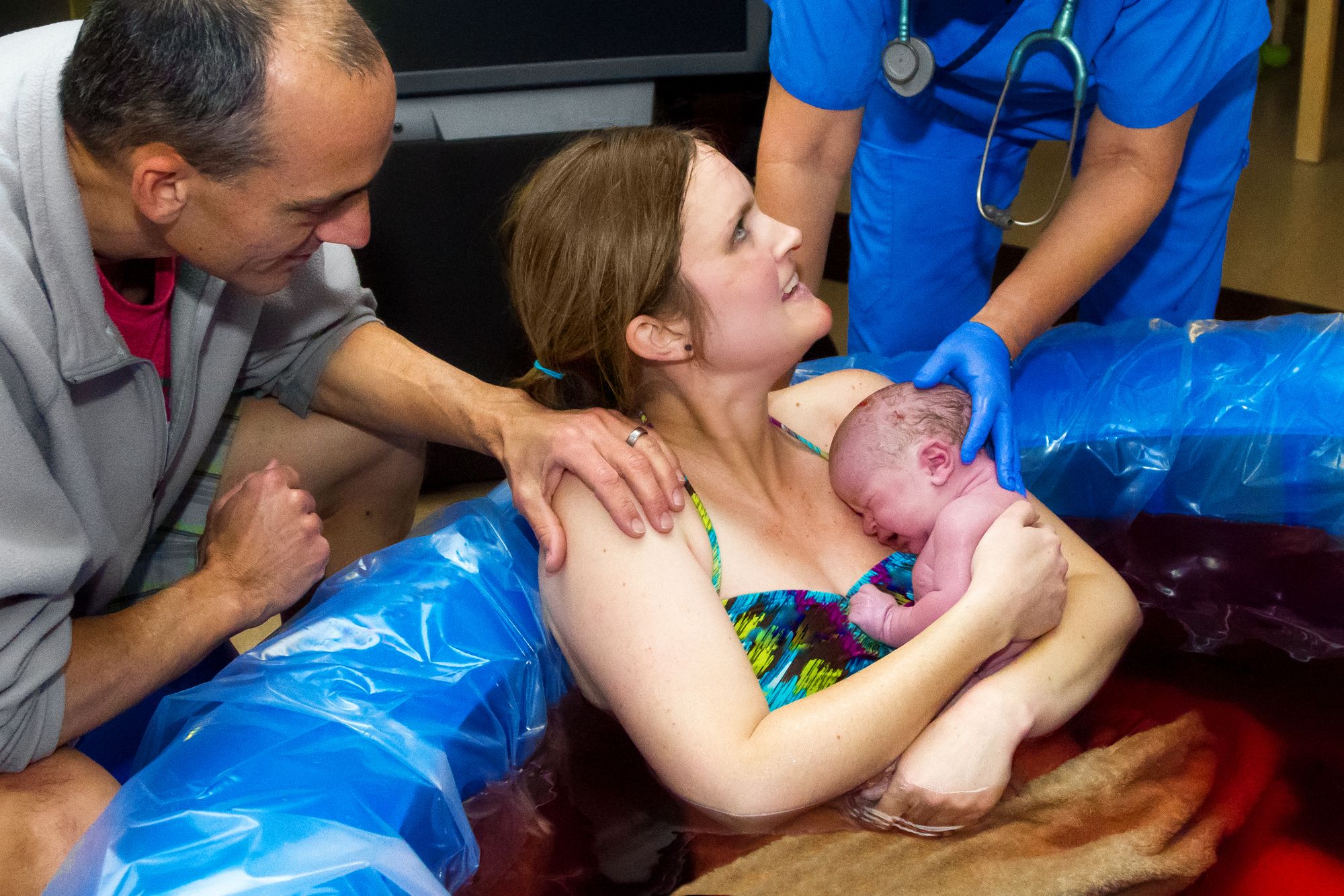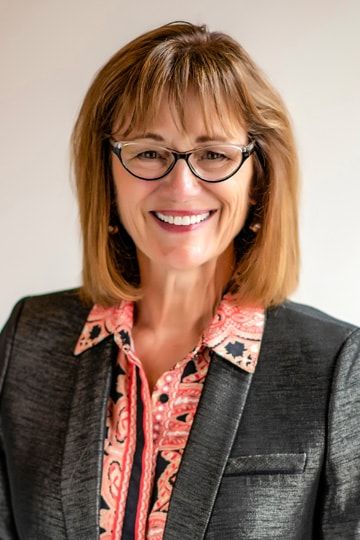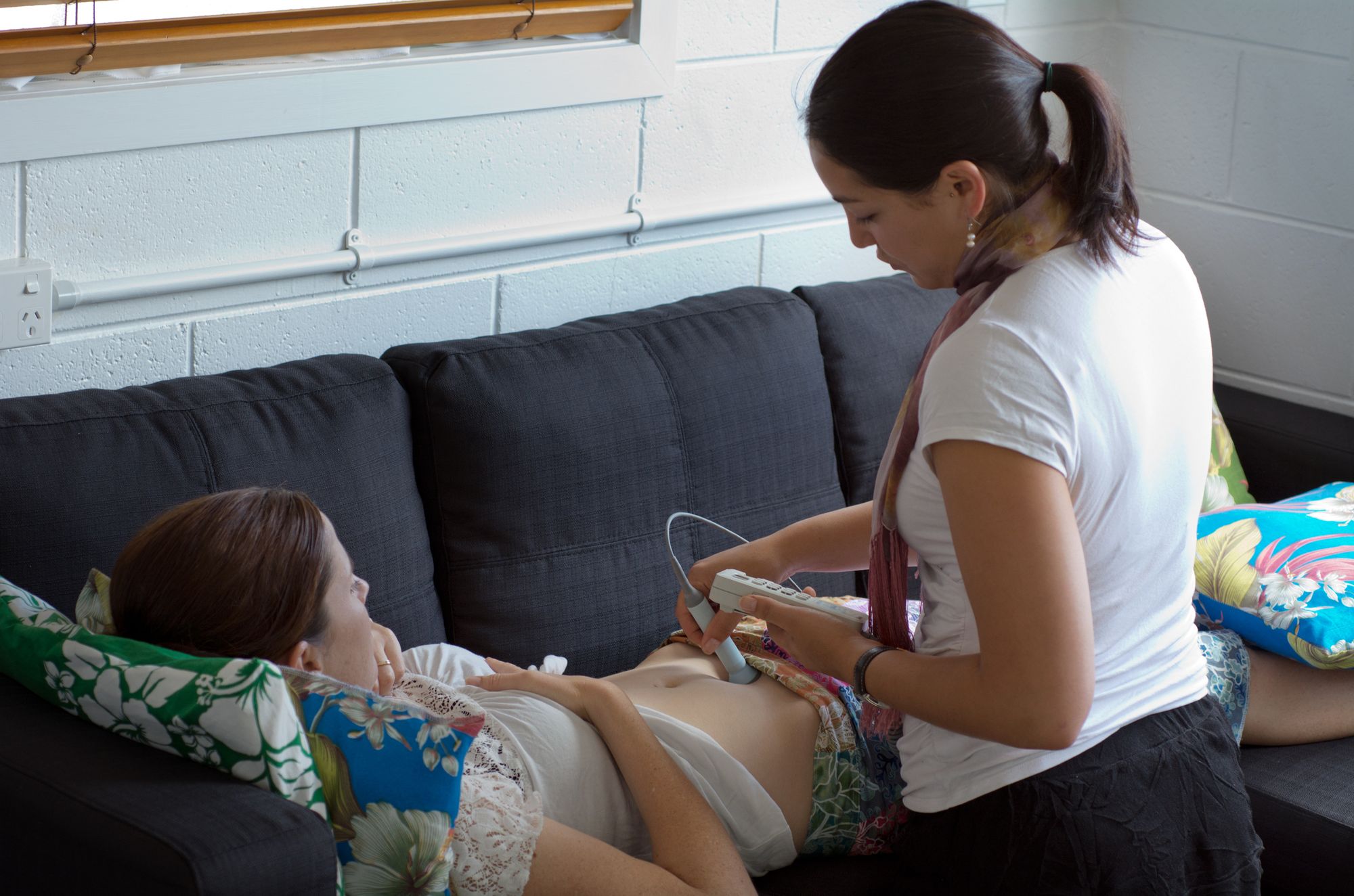Legislation passed in 2017 in South Dakota opened the door to licensing of a new classification of “professional midwives,” who can become certified to perform home births with less training and education than “nurse midwives” who have been regulated in South Dakota for 40 years.
While midwives with the new professional certification have successfully delivered 10 babies since then (two of whom required transport to a hospital), one top medical official in South Dakota is concerned the new certification may legitimize lay midwives who can put mothers and children at risk.
A main concern is that the new classification of legal midwifery, the Certified Professional Midwife, demands far less education and clinical training than a Certified Nurse Midwife, a classification that requires a nursing degree and which has been regulated in South Dakota since 1979.
Some supporters of home births say CPMs are fully capable of delivering babies safely and that midwives in general create needed birthing options for prospective parents, particularly in rural areas where access to hospitals may be limited. They also note that lay midwives have been working outside the law for years and that at least now they must be certified.
But opponents of the CPM license law, including Dr. Robert J. Summerer, president of the South Dakota State Medical Association, cite studies showing higher neonatal mortality rates in home births than in hospital deliveries.
Summerer, a Madison, S.D. surgeon, also highlighted the discrepancy in educational requirements between Certified Nurse Midwives — who must hold a Master’s degree in Nursing — and Certified Professional Midwives — whom must attend an accredited program and receive hands-on prenatal, home delivery and postpartum care training but do not require any undergraduate or graduate degree before either can deliver babies independently.
“It is very clear that their training is inadequate and it’s putting two people at risk: the mother and the child,” he said. “We still think it is unsafe that the state would sanction something that is so risky for our residents in the state.”
Per state law, CNMs must have a more broad-based medical education, be a Registered Nurse, and undergo 1,040 hours of clinical training. The educational requirements for CPMs are narrower.
CPMs, per state law, are required to graduate from a program accredited by the Midwifery Education Accreditation Council (MEAC), which stresses hands-on training in prenatal, home birth, and postpartum care. On average, students training to become a CPM must undergo about two years of classroom training in addition to assisting with prenatal, newborn and postpartum exams. They also assist CPMs with home births before then serving as the primary midwife in home births — under supervision by a CPM — in a variety of situations, among other training requirements. The North American Registry of Midwives requires that CPMs attend 55 births prior to certification.

The rate of home births has been rising in South Dakota and across the country, and is much higher among Native Americans.
In South Dakota, there were 50 intentional home births in 2014, compared to 79 in 2017 and 75 in 2018, according to the state Department of Health.
In 2003, about 8% of American births were attended by midwives, more than double the 1990 rate of 3.9%. The rate of home births is more than double among Native Americans nationally, with 19.9% of all Native babies delivered by midwives in 2017 compared to only 9.1% of all births that year, according to the federal Centers for Disease Control and Prevention.
The 2017 CPM law was passed in South Dakota after more than a decade of effort by midwifery supporters and lobbyists to legitimize the practice of home births assisted by lay midwives, which they argued was occurring regardless of the law and thus should be brought under state control to ensure safety.
State law says a CPM is responsible for “the management and care of the low-risk mother-baby unit in an out-of-hospital setting during pregnancy, labor, delivery and postpartum periods.” CPMs differ from Certified Nurse Midwives (CNMs) in a few regards, chief among them the level of education and training necessary and the location where each can work.
As is the case in many other states, CNMs practicing in South Dakota must undergo a more academically rigorous program than CPMs before certification. CNMs are also registered nurses and typically study nursing for four years in an undergraduate setting before obtaining their master’s degree in nursing after two or three years of further study.
The payoff is greater autonomy and opportunity, as CNMs are free to practice in hospitals, birth centers, clinics, for the Indian Health Service, or to start their own midwifery business. There are 37 active CNMs in South Dakota, according to the state Department of Health.
In the spring of 2019, the state board tasked with regulating home births performed by non-registered nurse midwives began to issue their first CPM licenses in South Dakota.
Known as the South Dakota Board of Certified Professional Midwives, it was created as part of the 2017 law that legalized and created a framework to regulate the Certified Professional Midwife industry.
“We were trying to create the legislative highway for that Certified Professional Midwife to be able to be in practice in the sunshine instead of in the underground,” said Sen. Deb Soholt, R-Sioux Falls, a registered nurse, chair of the Senate Health and Human Services Committee and former president of the South Dakota Nursing Association.
When the law became effective on July 1, 2017, South Dakota became the 32nd state to have a licensing track for CPMs on the books. To date, there are 35 such states. Soholt voted against the bill for years before voting in support in 2017.

“For 20 years I fought against [it],” she said. “Finally I came to the realization that as a senator, if I believe in local control, and I know what it means to have a baby, who am I to say to another family ‘I am going to write your birth process for you?’ Families have the right to self-determination. If those families are willing to take that risk [of home birth], then we need to understand that risk. Let’s create a structure where we can see it.”
The board began issuing licenses in March. So far, four CPMs and two student CPMs have been licensed in the state, with 10 recorded home births, two of which required transport to a hospital.
Supporters of the CPM licensure law point to some studies depicting a reduced risk of health complications and death for mothers and/or babies in home birth settings as comparable to hospital births. According to the state Department of Health, there have not been any reported deaths during 342 home births recorded since 2014.
In that same period, there have been 60,379 hospital births in the state, with 374 infant deaths, an infant mortality rate of 0.62%. The national average for infant mortality in 2017 was 0.58%, the CDC said.
Both sides of the issue said the tracking of such rates is difficult because of differences in how hospitals may label a birth. For example, if complications occur during a home birth that require transport to the hospital and the baby is then delivered in the hospital, it is labeled as a hospital birth.

“It is very clear that their training is inadequate and it’s putting two people at risk: the mother and the child. We still think it is unsafe that the state would sanction something that is so risky for our residents in the state.” -- Dr. Robert J. Summerer, a Madison, S.D. surgeon who is president of the South Dakota State Medical Association
State law permits a home birth only if the pregnancy is deemed “low risk” and is anticipated to be problem-free “based on an assessment of the woman’s past medical history and ongoing assessment of the mother-baby unit throughout the pregnancy, labor, delivery and postpartum care.”
Measurements of the woman’s vital signs, blood work, and results from the 20-week ultrasound are typically part of the assessment. As a result, Summerer said statistics for home births constitute results only for the lowest risk populations.
“I’m not sure that they are really comparing apples to apples,” he said.
Cassie Applegate, R.N., CNM, followed the nursing school route in Colorado before opening Apple Tree Midwifery in Rapid City in 2016. Her job, she said, is to perform the duties of a women’s health nurse practitioner, offering care for women from puberty through menopause.
The breadth of education and scope of practice for CPMs is more limited.
Per state law, CPMs must complete an educational program certified by the Midwifery Education Accreditation Council and receive their certification from the North American Registry of Midwives. They can then apply for a state license.
Typically, the course load for a CPM in training requires students to shadow a licensed CPM as they perform prenatal health assessments and care, home births and postpartum care. CPMs primarily practice in client’s homes and are not allowed to practice in hospitals.
Applegate, who has overseen more than 150 home births as a CNM, noted that the education for CNMs is broader than that of CPMs, who typically only focus on the skills necessary to deliver a baby safely in an out-of-hospital setting. CNMs also have more freedom in the medications they can prescribe. Applegate said that though some may see the CPM practice as undercutting CNMs, she doesn’t share that view.
“I’m always supportive of more midwives,” Applegate said in an October interview with South Dakota News Watch. “I think more midwives beget more midwives. I did not feel like [the legalization of CPMs] was a threat [to CNMs] because the more midwives we have, the more women will choose midwives.”
Applegate added that more midwives also means more options for women and increased access to care for rural and low-income populations.
“Our state needs more midwives in any birth setting to give women options and to really reach that access to care which we’re lacking,” she said.
Summerer, however, flipped the argument that women who live far from a hospital are better served by a home birth.
“Those people are probably the most vulnerable in a home delivery because if they are far away from a facility where babies are delivered safely and something goes wrong then they are even further behind the 8-ball as far as getting the appropriate care,” he said. “I get that people want to go to a more natural kind of setting but you just hate to put your child or yourself at risk to make those decisions. We’ve come so far in medicine, it just doesn’t seem like a smart thing to move back.”

Applegate echoed a sentiment similar to Soholt and many of the 2017 bill’s other supporters: that home births overseen by non-CNMs are already occurring and it’s best to create a framework that ensures consistency, safety and accountability.
Applegate said she believes there are certainly a handful of home births still being overseen by non-licensed midwives, but that “women doing that are probably going to do that regardless” of the law, as their preference for a home birth is motivated by “a philosophy of birth rather than access to care.”
Pat Schwaiger, R.N., CPM, and vice president of the South Dakota Board of Certified Professional Midwives, said choice and control are what draw many women to undergo home births.
“It varies from lifestyle to finances to geographic location to religion to political beliefs but I think the common denominator is personal choice,” said Schwaiger, who had her four children in a home birth setting and recently retired after 37 years as a midwife. “Women want to feel like they are in charge of their own birth experience and to a large degree that is compromised in the hospital.”
Schwaiger, who serves as chairperson for the Wyoming State Board of Midwifery, said licensing CPMs and allowing home births make sense in states like South Dakota and Wyoming where families may live far from the nearest healthcare facility.
“You’re better off if you have someone coming to you,” she said.
Debbie Pease also serves on South Dakota’s CPM board and for years led the lobbying efforts for the state CPM licensure law. She decided on a home birth for her four children because she didn’t want to deliver her baby in a car on the way to the hospital.
“I had a really good experience with my midwife at home and then all of a sudden she wasn’t able to practice anymore,” Pease said, citing the state crackdown on non-licensed lay midwives in the 1980s and 1990s, which led to cease-and-desist orders being sent out. Two lay midwives were jailed for short stints for continuing to practice without a license.
“I think I was five months pregnant with my next baby before I found a midwife because they were so underground,” she said. “If you weren’t in the right circles you couldn’t find them. That’s what happens when you don’t have licensure and everything above board.”
Summerer said he’d like to see CPMs undergo more clinical training hours before they receive their certification. He would also like the state to require regular exams to demonstrate continued competency, a requirement for continued training and for CPMs to have liability insurance. He does not accept the argument that just because something medical is already happening in the state, that it is best to acknowledge its presence and try to regulate.
“There are a lot of things that happen in our society that are happening whether we have regulations for it or not,” he said. “To simply put a stamp of approval and say ‘Hey, this is OK’ doesn’t make those things better for the residents."




